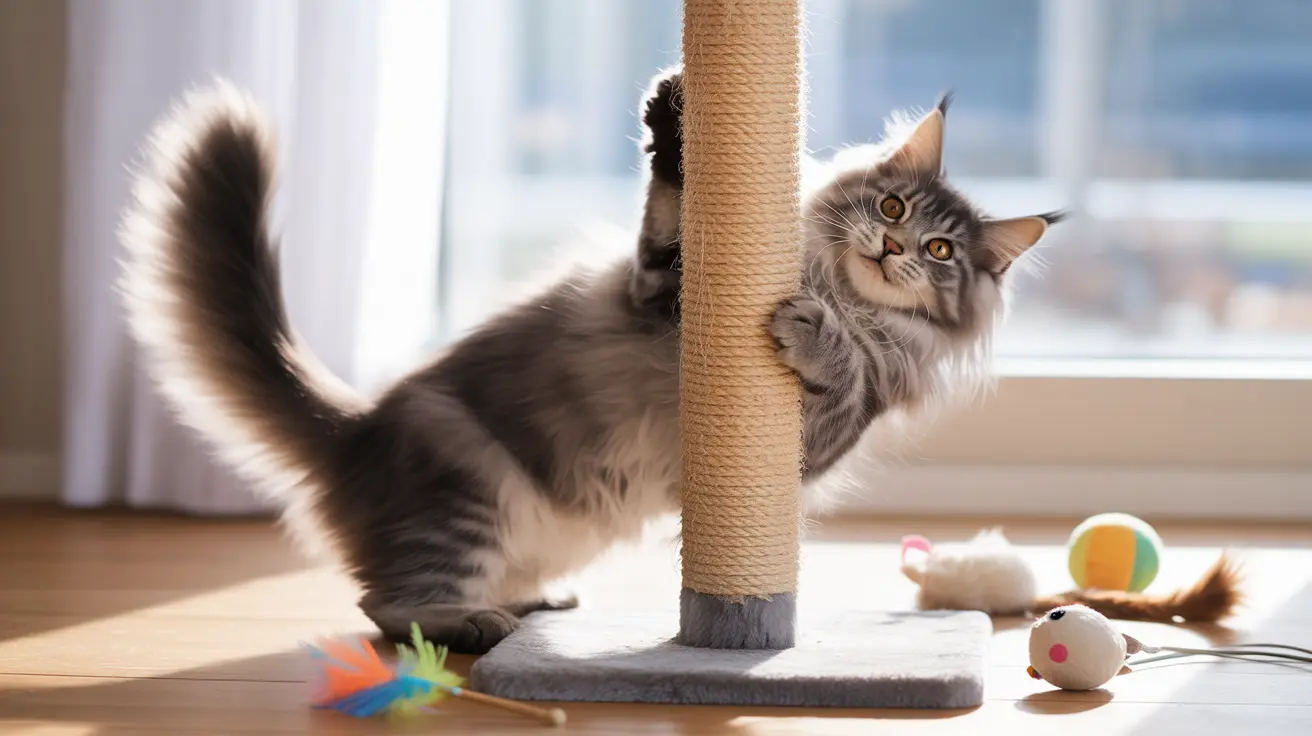Types of Kidney Failure: Understanding the Difference
Kidney failure in cats typically manifests in two forms: acute and chronic. Acute kidney failure develops suddenly, often due to trauma, toxin exposure, or severe infection. This form can potentially be reversible if caught and treated early. Chronic kidney disease (CKD), on the other hand, develops gradually over months or years and is more common, especially in senior cats.
Common Causes and Risk Factors
Several factors can contribute to kidney failure in cats:
- Age-related degeneration
- Genetic predisposition (particularly in certain breeds)
- Exposure to toxins (including lilies and antifreeze)
- Dental disease and chronic infections
- High blood pressure
- Certain medications
Recognizing the Warning Signs
Early detection is crucial for managing kidney failure. Watch for these common symptoms:
- Increased thirst and urination
- Decreased appetite and weight loss
- Lethargy and weakness
- Vomiting or diarrhea
- Bad breath with an ammonia-like odor
- Poor coat condition
- Dehydration despite drinking more water
Diagnosis and Treatment Options
Veterinarians diagnose kidney failure through various tests, including blood work, urinalysis, and imaging studies. The treatment approach depends on whether the condition is acute or chronic and may include:
- Fluid therapy to combat dehydration
- Specialized kidney-friendly diets
- Blood pressure medications
- Phosphate binders
- Regular monitoring and adjustments
- Appetite stimulants when needed
Living with a Cat with Kidney Failure
Managing a cat with kidney failure requires dedication and careful attention to their needs. Key aspects include:
- Maintaining proper hydration
- Following prescribed medication schedules
- Regular veterinary check-ups
- Monitoring food and water intake
- Creating a stress-free environment
- Adjusting care as the condition progresses
Prevention and Early Intervention
While not all causes of kidney failure are preventable, certain steps can help reduce risks:
- Regular veterinary check-ups
- Proper dental care
- Preventing access to toxic substances
- Maintaining adequate hydration
- Prompt treatment of underlying conditions
Frequently Asked Questions
What are the early signs and symptoms of kidney failure in cats that owners should watch for?
Early signs include increased thirst and urination, decreased appetite, weight loss, and lethargy. You might also notice changes in litter box habits and bad breath with an ammonia-like odor.
How is chronic kidney disease in cats diagnosed and staged by veterinarians?
Veterinarians use blood tests, urinalysis, and imaging studies to diagnose kidney disease. The condition is staged according to the International Renal Interest Society (IRIS) guidelines, based on blood creatinine levels, protein in urine, and blood pressure.
What treatment options and dietary changes can help manage kidney failure in cats?
Treatment typically includes fluid therapy, specialized renal diets low in protein and phosphorus, medications to control blood pressure and nausea, and supplements as needed. Regular monitoring and adjustments are essential for optimal management.
What are the differences between acute and chronic kidney failure in cats regarding causes and outcomes?
Acute kidney failure develops suddenly from toxins, trauma, or severe infection and may be reversible with prompt treatment. Chronic kidney failure develops gradually, is usually age-related, and while not curable, can be managed with proper care.
How can I help prevent kidney failure in my cat and support their kidney health?
Prevent kidney failure by ensuring access to fresh water, maintaining regular vet check-ups, providing proper dental care, keeping toxic substances out of reach, and addressing any underlying health issues promptly.
Remember, while kidney failure is a serious condition, many cats can maintain a good quality of life with proper medical care and management. Early detection and intervention are key to achieving the best possible outcomes for your feline companion.






